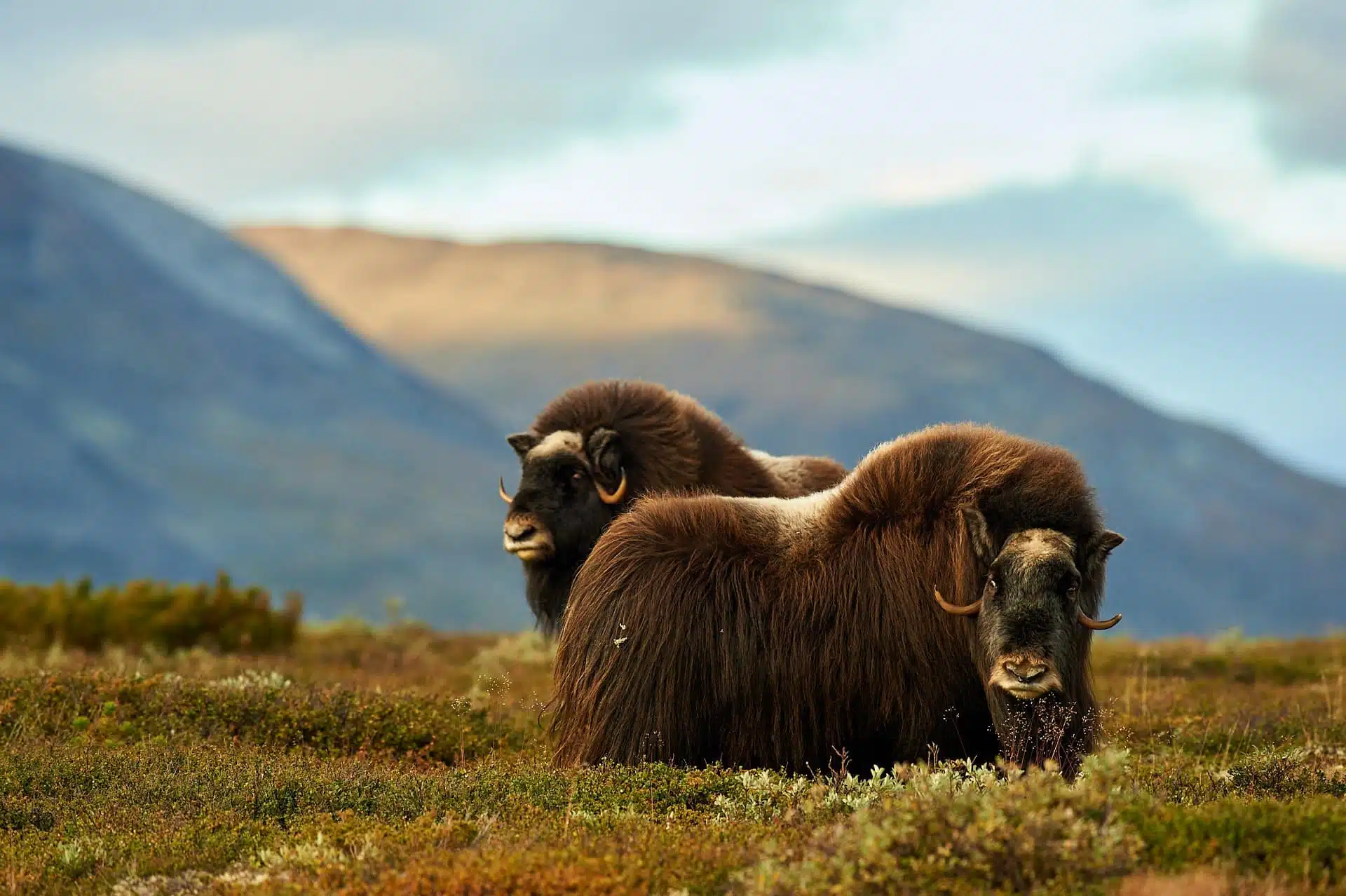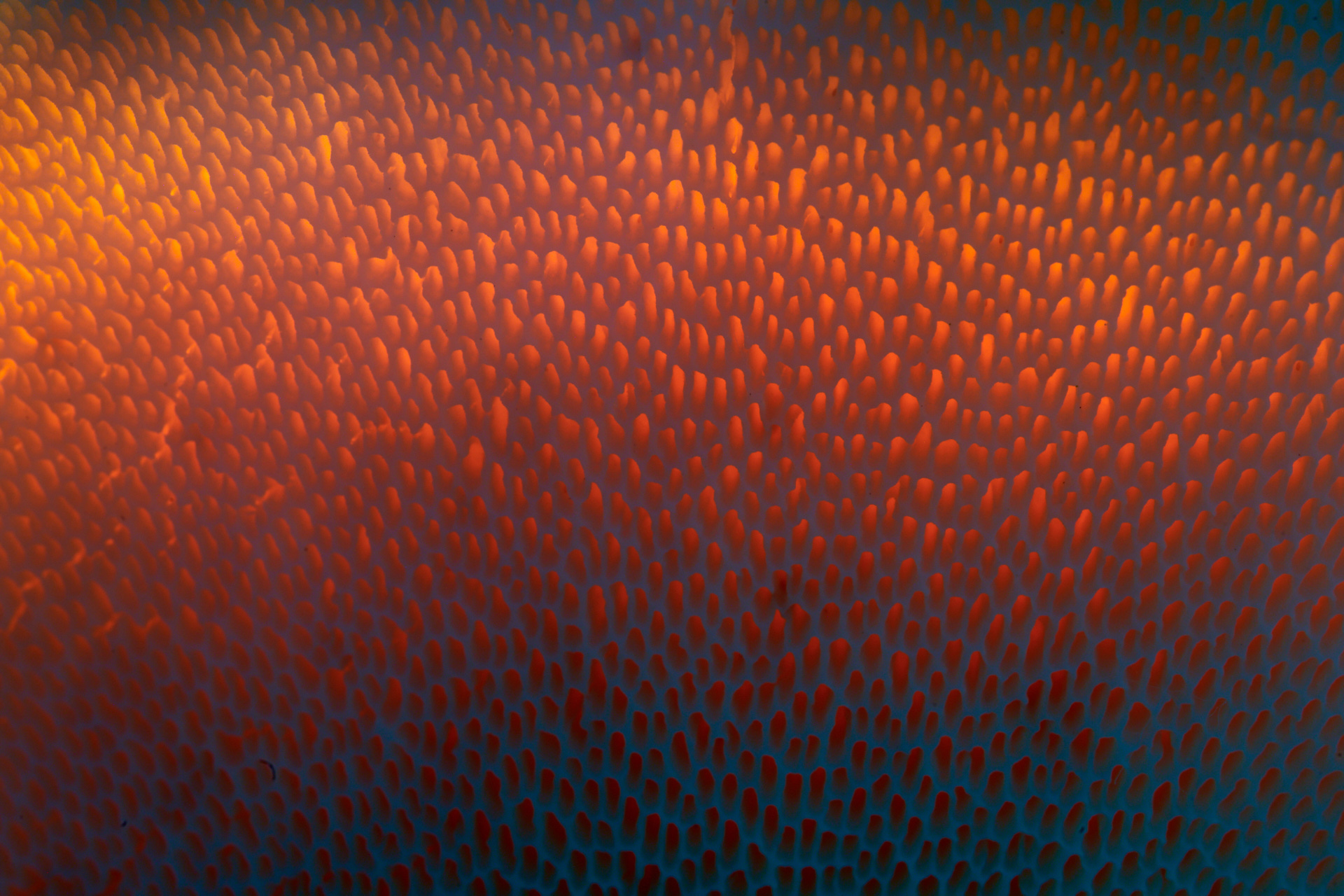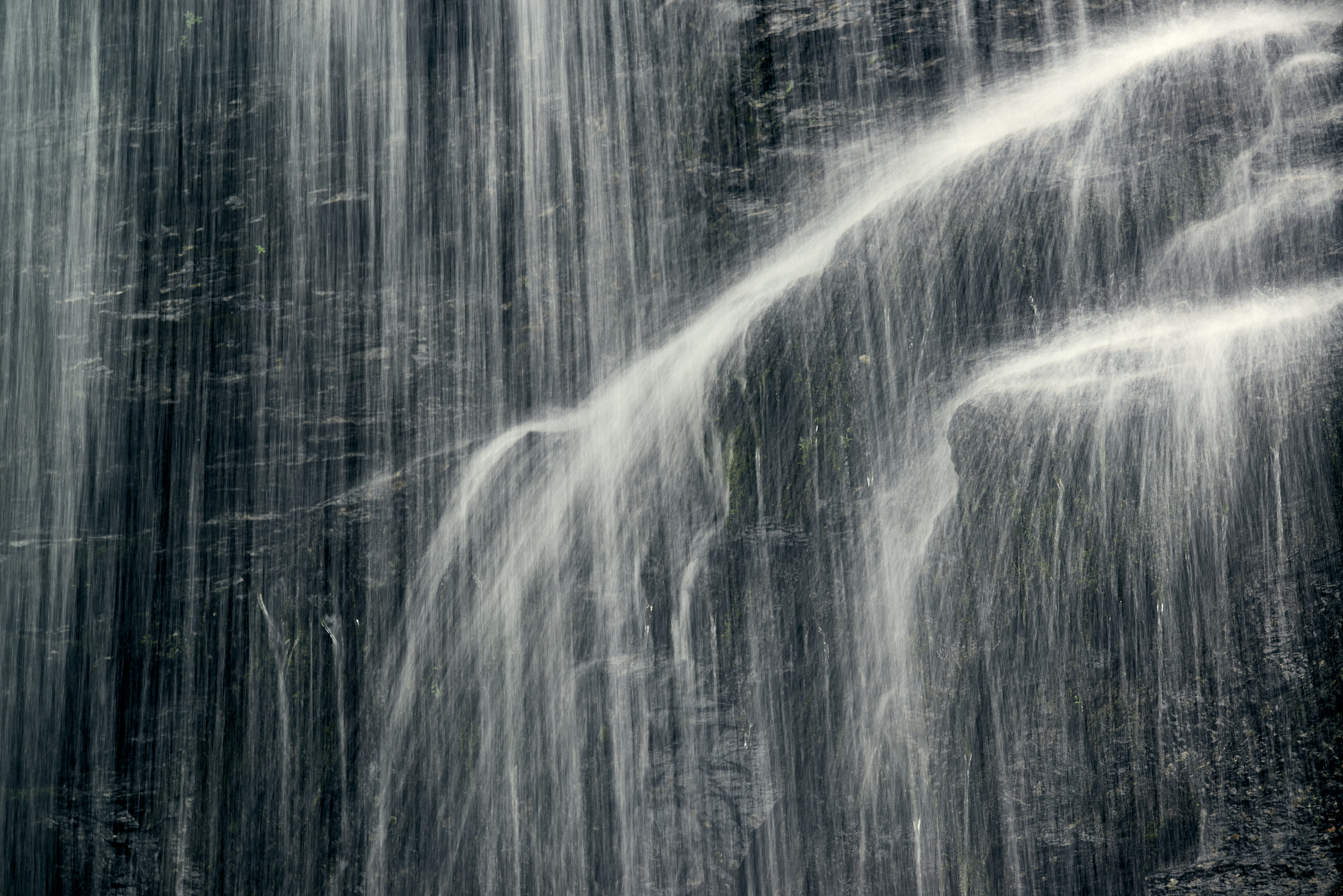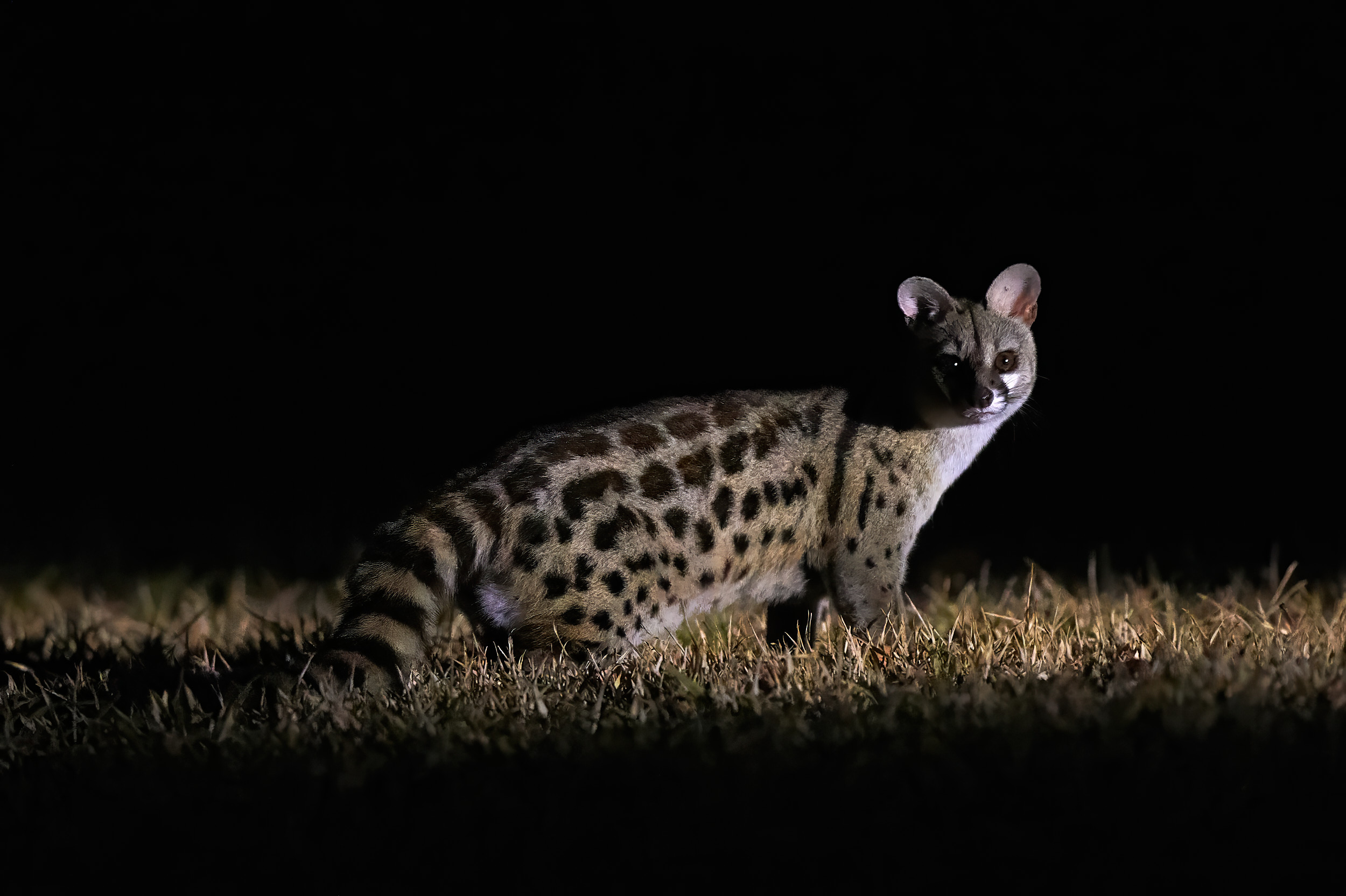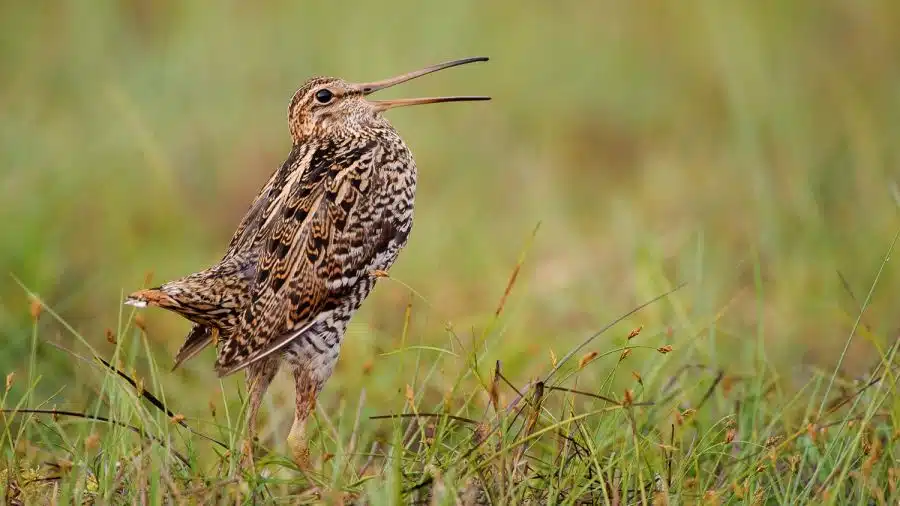There are those magical moments in nature photography when everything comes together perfectly: The golden morning light streams through the forest, the perspective is right, the animal shows itself in its natural environment – and your own heart beats faster with excitement. But what many people don’t know is that such unique moments are rarely created by chance or technical equipment alone. The key to success in animal photography is a sound knowledge of the animals themselves.
As a nature photographer, you have to understand the animals’ way of life in detail. Only those who know their specific behaviors, their individual characteristics and their subtle communication signals can take authentic and respectful pictures. Without this essential knowledge, much is left to luck – and worse still, you risk disturbing the animals in their natural behavior or even putting them in danger.

Join me on my photo tours and immerse yourself in the world of wild landscapes and unique encounters. Together we will hone your photographic skills – practical, creative and full of inspiration. Secure your place now and rediscover the magic of light and nature.
Why knowledge protects
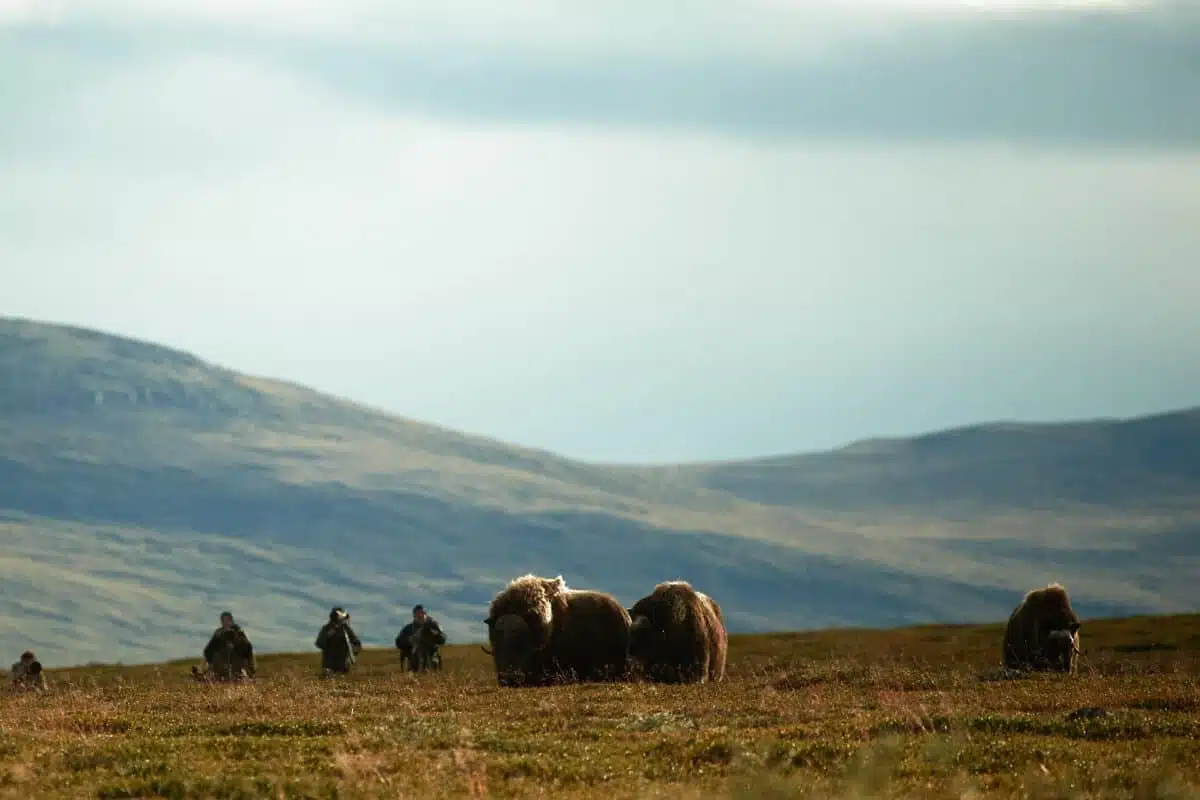
When I think of my experiences with the musk oxen in Norway, I realize the importance of knowledge of the species. These imposing animals radiate an impressive calmness – but this calmness can change in a flash if you violate their comfort zone. As a responsible wildlife photographer, you need to be able to read their body language and know what distance they need. One wrong assessment, a few steps too many in their direction – and a peaceful photo session can turn into a dangerous situation. This knowledge protects both sides: us photographers and the animals.
Another impressive example of wildlife photography is the encounter with an adder on a sunny spring morning. For a nature photographer, it is essential to know that these fascinating snakes need special care after hibernation in order to regain their strength. Too frequent disturbance during this sensitive phase can drastically reduce their chances of survival. With the right knowledge, you know that a respectful distance and calm behavior not only allow for safe, but also authentic shots. Without this understanding, only two problematic extremes remain: exaggerated fear or dangerous recklessness.
Nest photography in nature photography is particularly sensitive and challenging. A single careless step or lingering too long at the nest can have fatal consequences – the parent birds could abandon their clutch in panic. What begins with the best photographic intentions can quickly lead to the loss of an entire clutch of eggs. This is why an ironclad principle applies in wildlife photography: only those who have a sound knowledge of exactly how much proximity a particular bird species can tolerate and who reliably recognize and respect the subtle signs of stress should even consider photographing nests. Sometimes responsible nature photography also means deliberately leaving the camera in your bag.
How to become an expert
The path to expert knowledge in nature photography is varied and challenging. How do you gain the necessary understanding of what distance a majestic musk ox needs or how sensitive an adder reacts after hibernation in the spring forest? The basis is usually intensive literature research. Textbooks, scientific publications and specialized nature guides provide the theoretical foundation for successful wildlife photography. In addition, discussions and exchanges with biologists, foresters and experienced nature experts are invaluable – they often have practical knowledge and current observations that cannot be found in any book. Local nature conservation organizations can also provide valuable insights for nature photography in the forest through their intensive involvement with certain animal species.
However, the most valuable lessons in wildlife photography can be learned outdoors in nature itself, if you take the time to patiently observe an animal over a period of weeks or even months. If you take on this challenge and regularly explore the same paths, you will develop a feel for the subtle signals of nature: the characteristic rustling in the undergrowth, the fresh scratch marks on tree bark, the barely visible tracks in the forest floor. With every quiet morning in the field, a deeper understanding of the animals grows – and with it the chance of extraordinary shots that go far beyond random snapshots.
EDIT: My friend Niklas Banowski has quite rightly pointed out to me that this paragraph could also be completely misunderstood. Of course, field experience is absolutely the most important thing in nature photography – but without the basic biological knowledge of what kind of disturbance is harmful or acceptable for the specific subject (and the mere presence of a human affects many animals – whether it disturbs is another question). Of course, a lot of experience outdoors does not entitle you to behave like the proverbial wild sow. Nature photographers often become somewhat blind and forget that the welfare of the animals must always come before the image.
Knowledge is responsibility
In nature photography, knowledge always means responsibility. It requires the ability to set aside your own photographic ambitions, to subordinate personal wishes and to give the animal absolute priority. It is precisely this approach that makes wildlife photography so special: It is not about conquest, but about a gift of nature.
Ultimately, nature photography is not just about taking the perfect picture. Rather, it is about capturing the true essence of an animal without influencing or disturbing it. To show it in its natural authenticity. Unadulterated. In complete freedom.
And it is precisely this in-depth knowledge that is the silent but indispensable foundation for successful nature photography in the forest.

